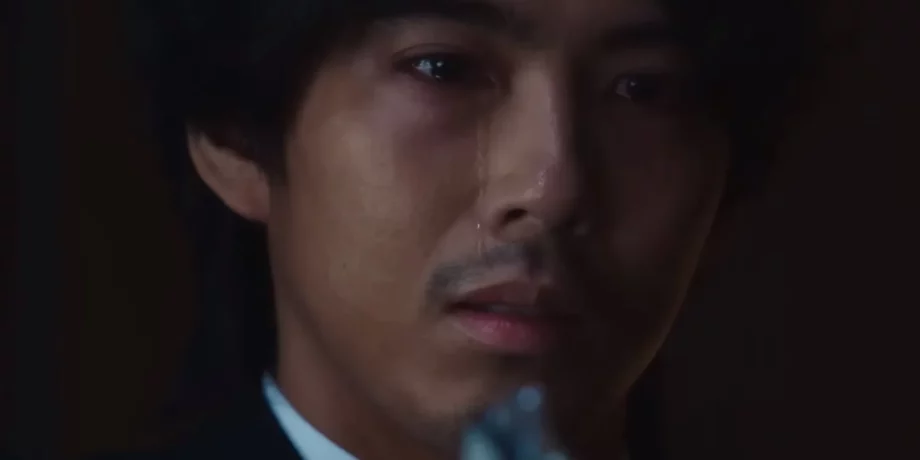The Yakuza series is renowned for its long cutscenes and substantial narrative content. While some may view this as excessive, these scenes provide a deep exploration of the characters’ personalities and vulnerabilities, making them feel remarkably real and relatable.
Through these moments, players develop profound connections with the characters, as they get to intimately follow their journeys. The series’ extensive storylines provide ample space for character development, allowing iconic figures like Kiryu and Majima to reveal their multifaceted nature.
Whether it’s Kiryu singing in a bar or showing his emotional side after a fight, these moments add depth to the characters and the overall narrative. By showcasing quieter, subtler aspects of the characters, the games create a rich and immersive experience reminiscent of compelling TV shows.
The interconnected subplots in the Yakuza series, such as following different characters’ individual stories, add richness and depth to the overall narrative. These diverse storylines depict a broader picture of the Yakuza universe, akin to the structure of a well-constructed TV series.
The comparison between the Yakuza games and notable TV episodes, such as “Fly” from Breaking Bad and “Karen” from Daredevil, highlights the significance of minor details and unrelated stories in enriching the world of the narrative. These seemingly unrelated moments contribute to the overall depth and authenticity of the storytelling in both mediums.
Ultimately, the extensive narrative and character development in the Yakuza games capture the essence of what makes TV shows special, potentially overshadowing the need for a Yakuza TV adaptation. The games’ ability to intricately portray characters and their stories demonstrates a unique storytelling strength that closely aligns with the compelling nature of television dramas.
